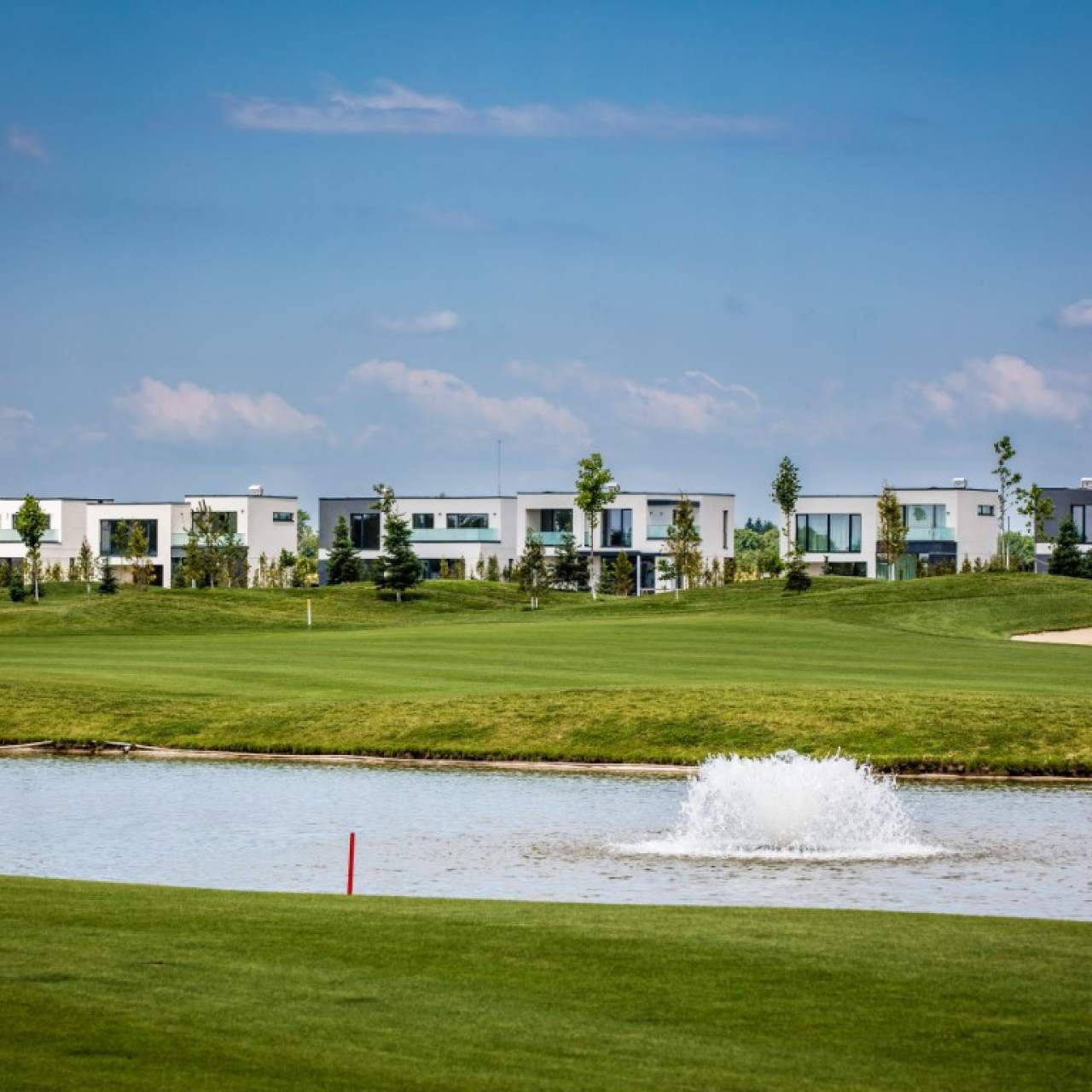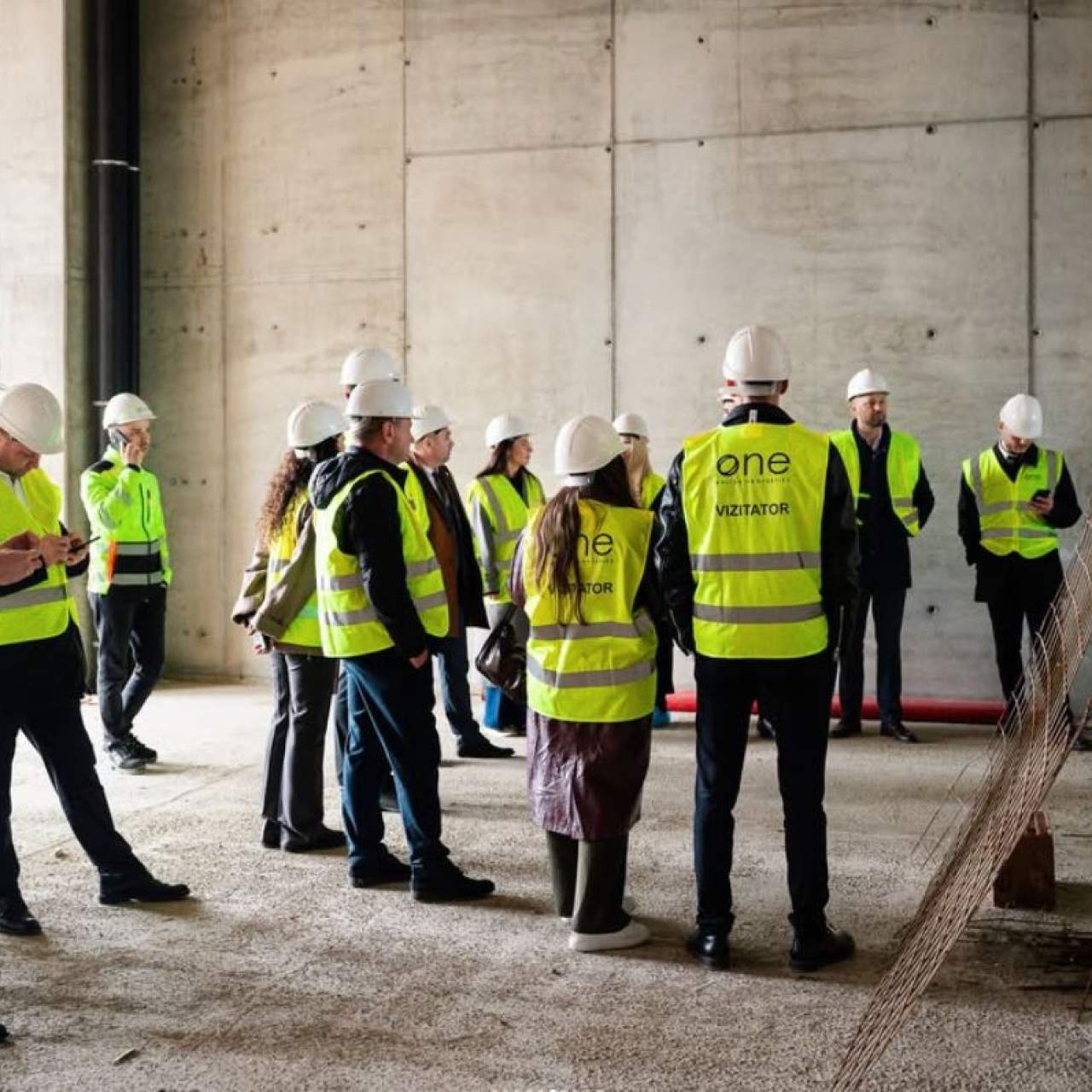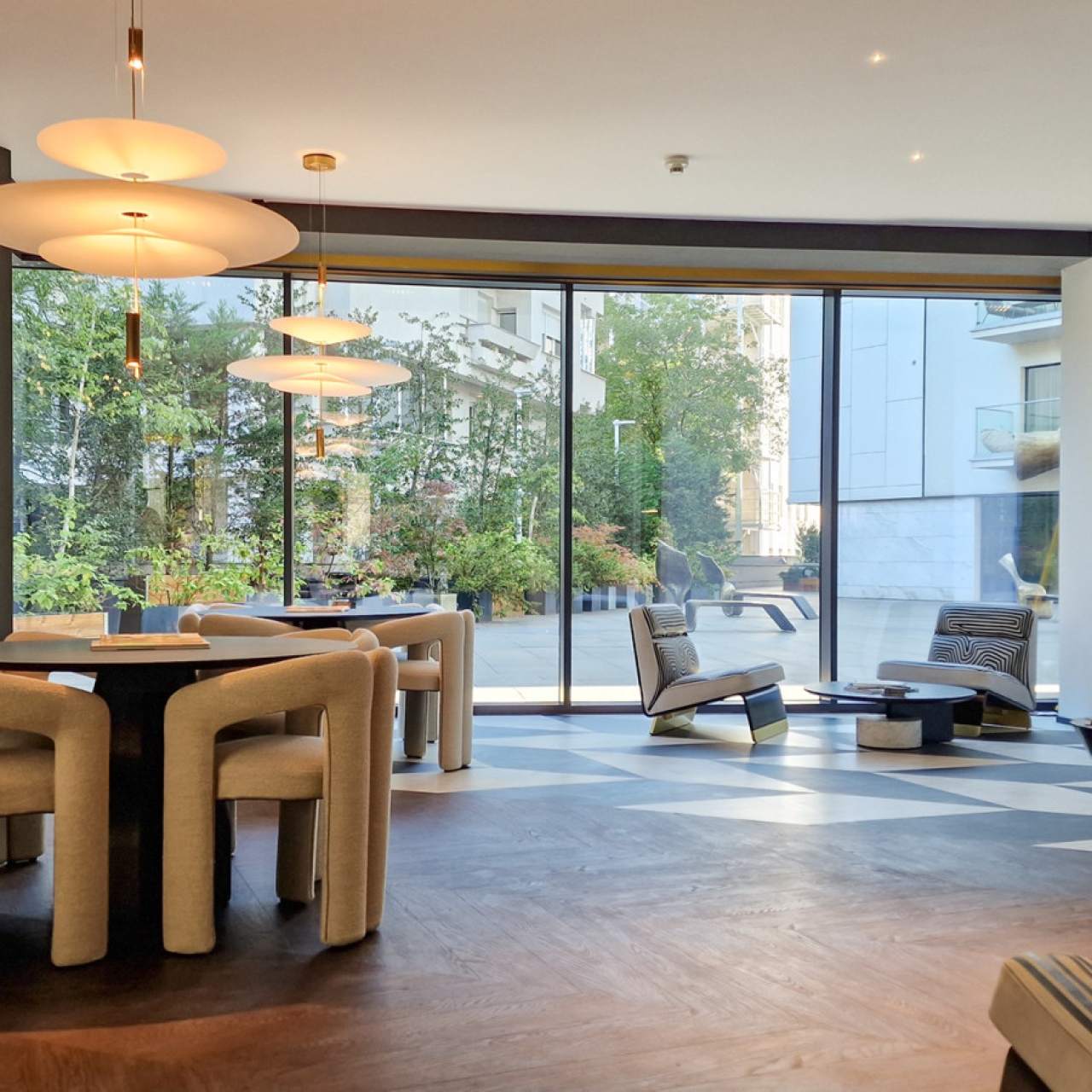
Is sustainability the future of real estate market?
With the growth of the global population, the demand for housing, office buildings, or industrial spaces has also increased, leading to an accentuated degree of urbanization. And with it, the need for sustainable development has become more obvious, so that people have a good quality of life in increasingly crowded cities and future generations remain with sufficient resources to benefit from a healthy life.
According to the United Nations’ data, by 2030 the global population will need at least 35% more food, 40% more water, and 50% more energy. These figures highlight not only the need, but also the obligation to act sustainably. The concept of sustainability is one of the most addressed topics in recent years, whether we are talking about meetings between heads of state, conferences on humanitarian issues, press articles, or meetings held in companies in all fields. One of the most important measures taken in this direction was the Paris Agreement, signed by the leaders of 55 states around the world, which, starting with 2020, established the regulation of measures to reduce carbon dioxide emissions. Countries have thus set various targets for achieving a neutral carbon footprint in a given time. On a smaller scale, global players in the economy and local companies in many markets alike have followed suit.
What can real estate developers do in this regard? In order for real estate projects to be sustainable on a long-term basis, an objective must be set to generate the same amount of renewable energy as consumed.
Here are some methods and technologies that the real estate industry can use – and is already using in some cases – to develop sustainable buildings:
Roofs equipped with voltaic (solar) panels, the benefits of which translate not just into savings on electricity consumption, but also on costs. Their installation and maintenance are easy to do, they are quiet, increase the value of a home and can be used for a long time, 20-30 years.
LED lighting systems – which are energy efficient, last well over time, involve lower bill costs, and have a low impact on the environment.
Heating and air conditioning through state-of-the-art technologies, such as ventilation systems with heat recovery or geothermal pumps, which extract energy from the earth and transform it into heat. One Peninsula, part of One United Properties portfolio, is the first residential club in Bucharest, Romania, equipped with this type of heating system.\
Smart irrigation, water control, and recycling systems, along with ways to treat, collect, and use rainwater (rainwater).
Recycling centres with easy access to the building or its external space, so that tenants or employees in buildings can also contribute to the sustainable management of buildings.
Ventilation and air purification systems, especially necessary in times like these, when we spend a lot of time inside the house.
Green spaces arranged in buildings – on the roof, on the terraces or balconies of houses if we are talking about a residential building, in lobbies and any other spaces that allows this, preferably using perennials, to ensure durability over time, or drought-resistant, to reduce water consumption and be easier to maintain.
The use of sustainable materials, such as recycled metal, natural paints or bamboo, the use of glass to allow the penetration of natural light, but also materials that involve lower transport costs to the place where the property is built, to reduce pollution.
Charging stations for electric or hybrid cars set up in building parking lots.
Multifunctional buildings, offering both living spaces and offices, along with facilities such as shops, beauty salons, and even kindergartens or schools. In this way, not only will the time spent in traffic be reduced, but the level of pollution will also go down.
Inspired by the article?
Explore apartments in neighborhoods worth discovering:


